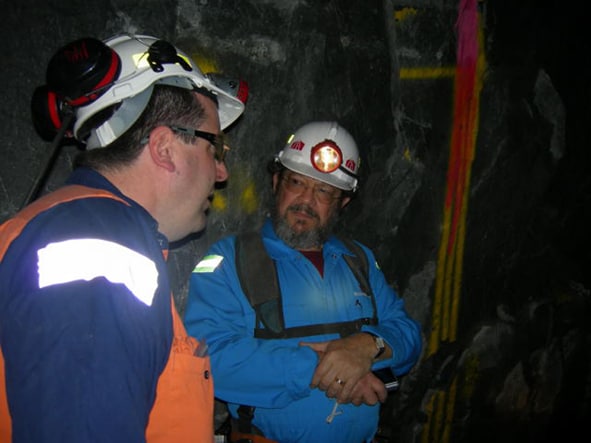The draft OHS documents for mining in Australia seemed like a fairly rudimentary release in Australia’s move to harmonisation of its safety laws but several issues have appeared in the media since the draft’s release.
The CEO of the New South Wales Minerals Council, Nikki Williams, found something other than the carbon tax to discuss during the council’s annual safety conference.
Although her audience is principally NSW miners, Williams does have a national perspective.
“Each State is drafting their new laws individually and using different models. There are missing components and a large number of inconsistencies.
If this process continues unchecked, the prospect of genuine legislative reform that will deliver a world leading mining regulatory framework appears very remote.
“We are deeply disappointed that this has not been resolved and question why the core WHS regulations couldn’t be developed to effectively regulate all mining states.”
In some ways, Williams’ words show a misunderstanding of the laws. The laws are intended to manage mining, not the companies, not the States, not the workers. The safety of the mining process is the target. It is possible to focus on the safety of a process or industry without considering the politics, at the outset. Continue reading “Draft mining OHS documents cause concern”


